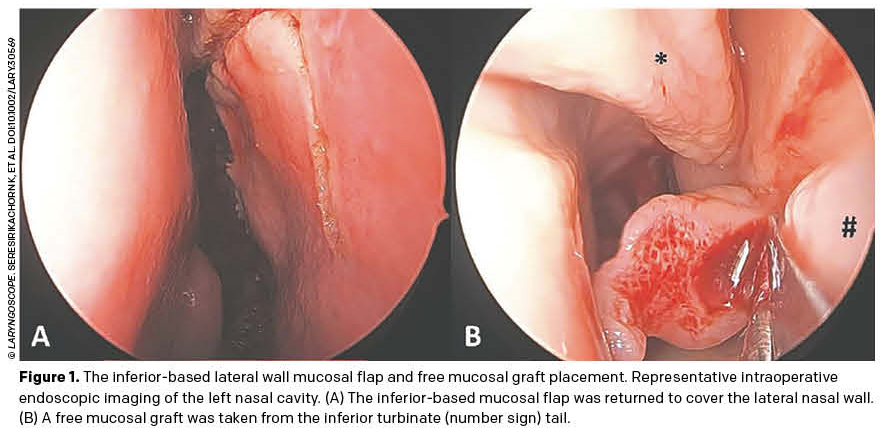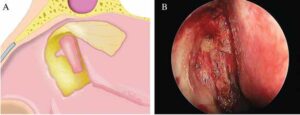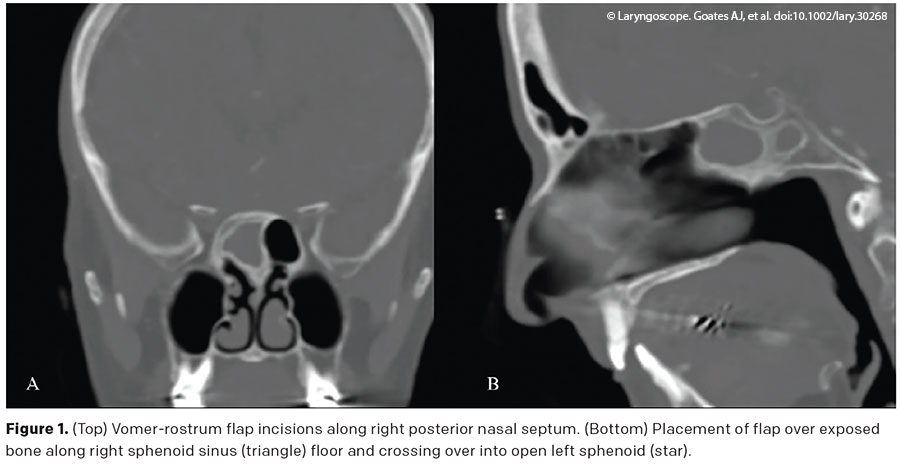Otolaryngologists are still searching for help for the 30 million Americans who are experiencing post-acute sequelae of SARS-CoV-2 infection, also called long COVID, years after their COVID-19 infection.



The utilization of high-speed powered instruments makes this technique rapid and efficient, and it aids in rapid mucosal healing.
This study extends the literature base on the efficacy of biologics versus sinus surgery at both six- and 12-month timepoints.
Dupilumab and functional endoscopic sinus surgery are equally effective in reducing chronic rhinosinusitis with nasal polyps symptoms, according to Sino-Nasal Outcome Test (SNOT-22) scores.

Functional rhinoplasty is an umbrella term used to describe the various surgical techniques that alter the external nasal structure with the goal of improving nasal breathing. Numerous techniques have been described and shown to be successful.
Dupilumab is a novel monoclonal antibody that shows promise in treating patients with CRSwNP who fail initial medical management. ESS, the mainstay therapy for CRSwNP, has been shown to be clinically effective and cost-effective when compared to long-term medical management.

Due to its facial scar avoidance, better accuracy in locating the lacrimal sac, and decreased blood loss, endoscopic dacryocystorhinostomy (eDCR) has become much more popular than external approaches.
This study provides additional evidence that we may be able to minimize narcotic pain medication use and reserve it for patients who are uncontrolled on NSAIDs alone.

Ansa Cervicalis Stimulation could become a viable ancillary respiratory neurostimulation (RNS) strategy for patients with insufficient responses to hypoglossal nerve stimulation (HNS).
Prolonged operative time is associated with several adverse outcomes following endoscopic sinonasal surgery, including prolonged hospital length of stay, overall surgical complications, and bleeding.